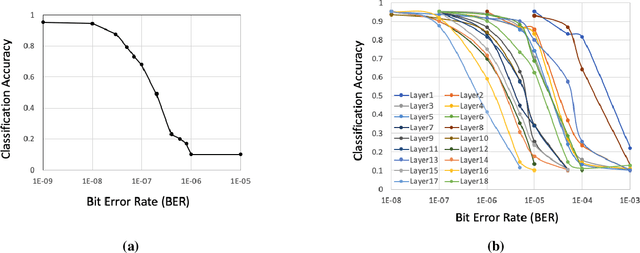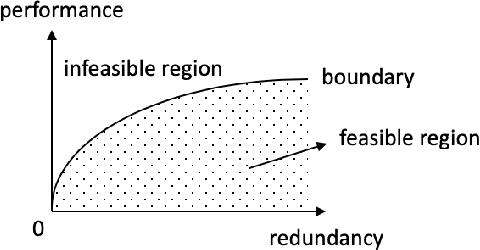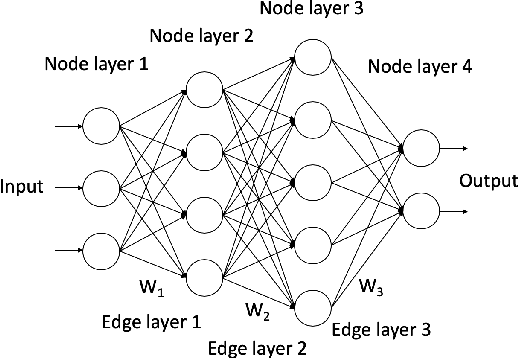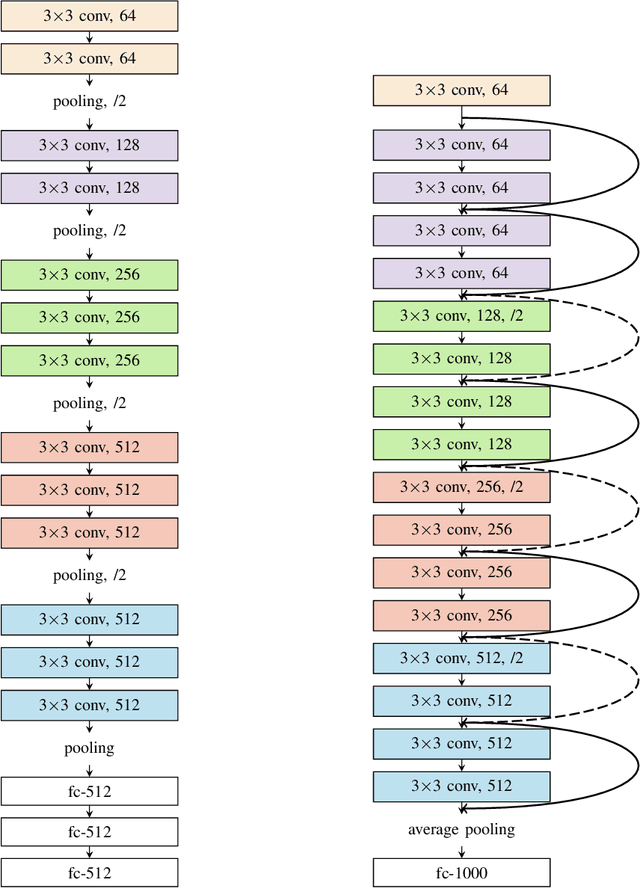Kunping Huang
Andrew
Event-based Simultaneous Localization and Mapping: A Comprehensive Survey
Apr 19, 2023Abstract:In recent decades, visual simultaneous localization and mapping (vSLAM) has gained significant interest in both academia and industry. It estimates camera motion and reconstructs the environment concurrently using visual sensors on a moving robot. However, conventional cameras are limited by hardware, including motion blur and low dynamic range, which can negatively impact performance in challenging scenarios like high-speed motion and high dynamic range illumination. Recent studies have demonstrated that event cameras, a new type of bio-inspired visual sensor, offer advantages such as high temporal resolution, dynamic range, low power consumption, and low latency. This paper presents a timely and comprehensive review of event-based vSLAM algorithms that exploit the benefits of asynchronous and irregular event streams for localization and mapping tasks. The review covers the working principle of event cameras and various event representations for preprocessing event data. It also categorizes event-based vSLAM methods into four main categories: feature-based, direct, motion-compensation, and deep learning methods, with detailed discussions and practical guidance for each approach. Furthermore, the paper evaluates the state-of-the-art methods on various benchmarks, highlighting current challenges and future opportunities in this emerging research area. A public repository will be maintained to keep track of the rapid developments in this field at {\url{https://github.com/kun150kun/ESLAM-survey}}.
Functional Error Correction for Robust Neural Networks
Jan 12, 2020



Abstract:When neural networks (NeuralNets) are implemented in hardware, their weights need to be stored in memory devices. As noise accumulates in the stored weights, the NeuralNet's performance will degrade. This paper studies how to use error correcting codes (ECCs) to protect the weights. Different from classic error correction in data storage, the optimization objective is to optimize the NeuralNet's performance after error correction, instead of minimizing the Uncorrectable Bit Error Rate in the protected bits. That is, by seeing the NeuralNet as a function of its input, the error correction scheme is function-oriented. A main challenge is that a deep NeuralNet often has millions to hundreds of millions of weights, causing a large redundancy overhead for ECCs, and the relationship between the weights and its NeuralNet's performance can be highly complex. To address the challenge, we propose a Selective Protection (SP) scheme, which chooses only a subset of important bits for ECC protection. To find such bits and achieve an optimized tradeoff between ECC's redundancy and NeuralNet's performance, we present an algorithm based on deep reinforcement learning. Experimental results verify that compared to the natural baseline scheme, the proposed algorithm achieves substantially better performance for the functional error correction task.
 Add to Chrome
Add to Chrome Add to Firefox
Add to Firefox Add to Edge
Add to Edge